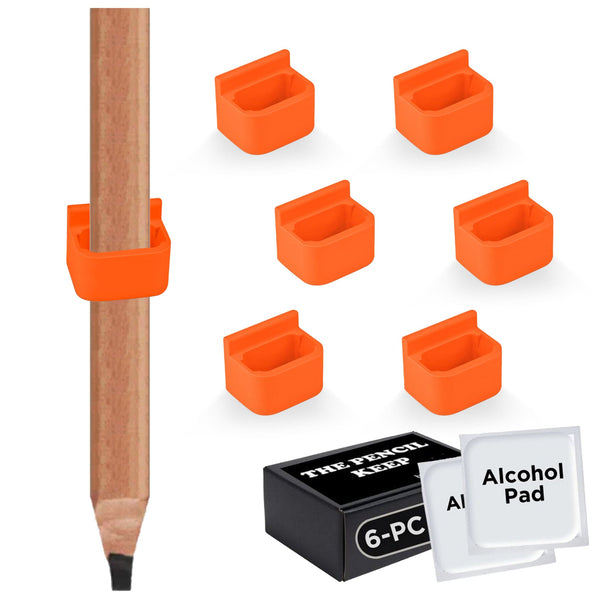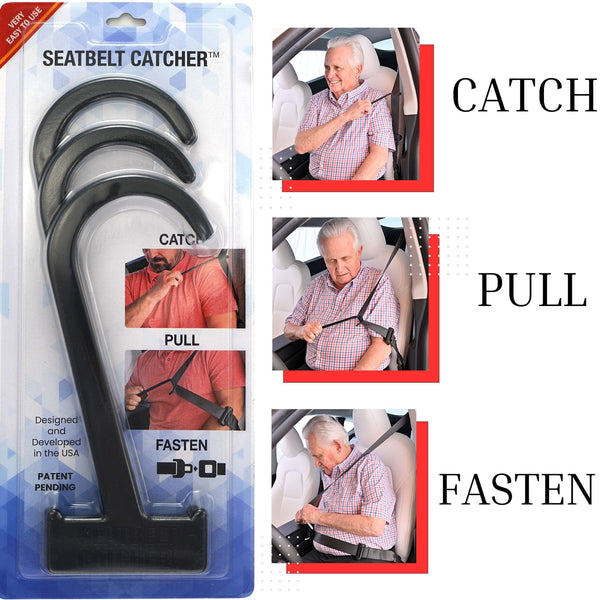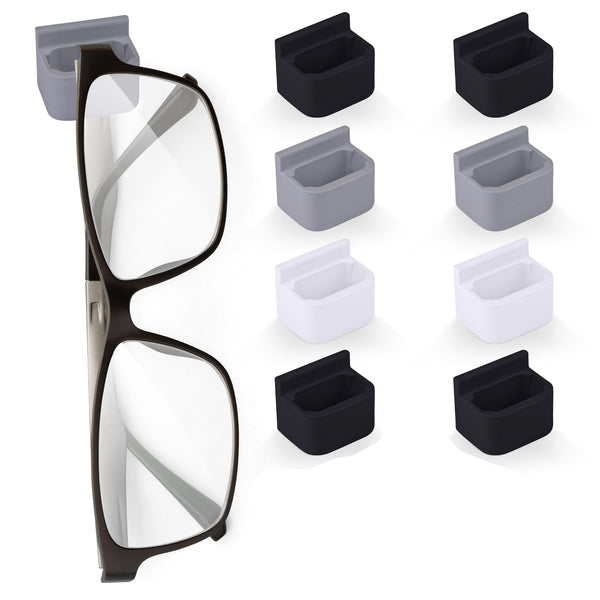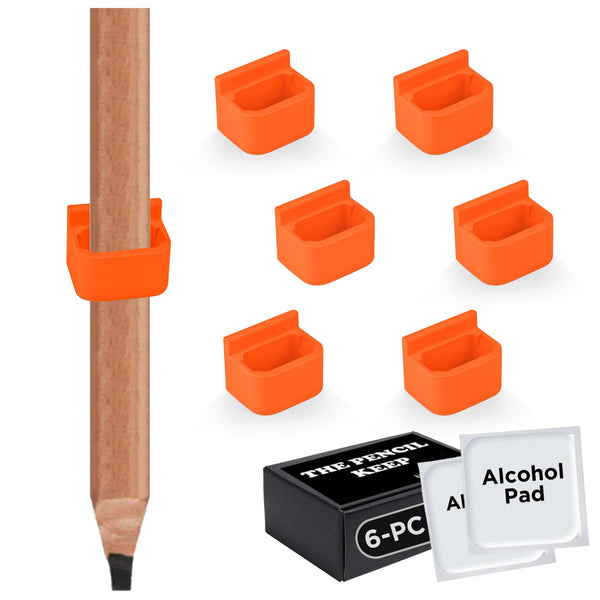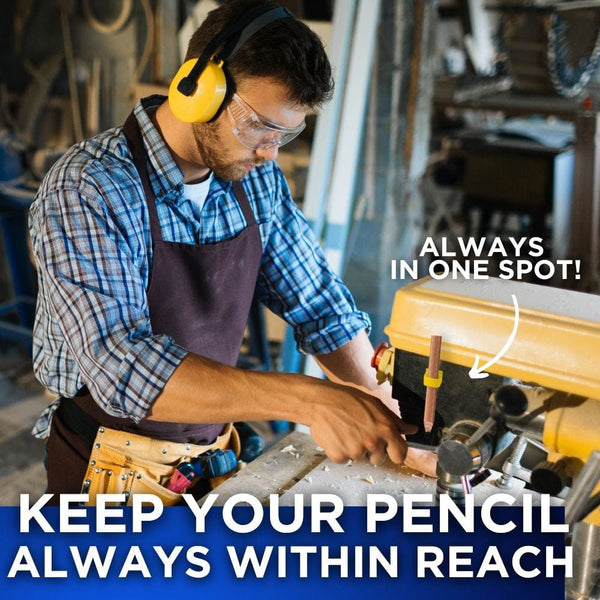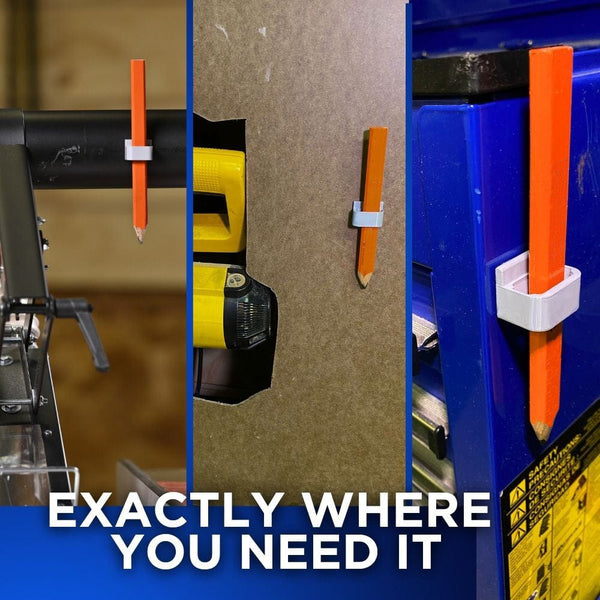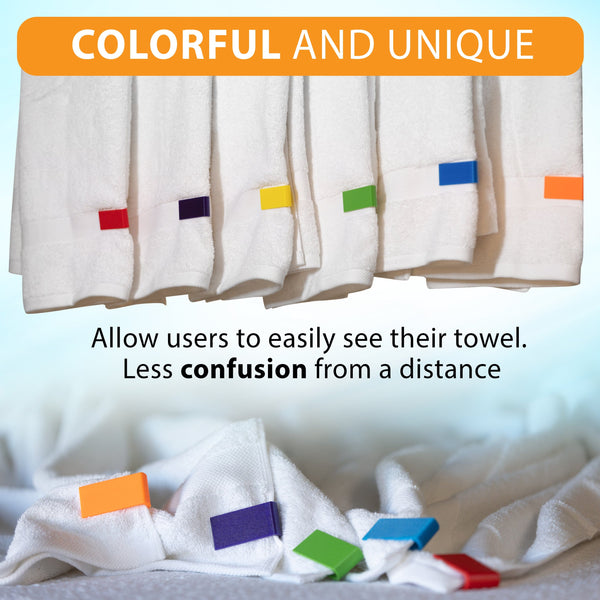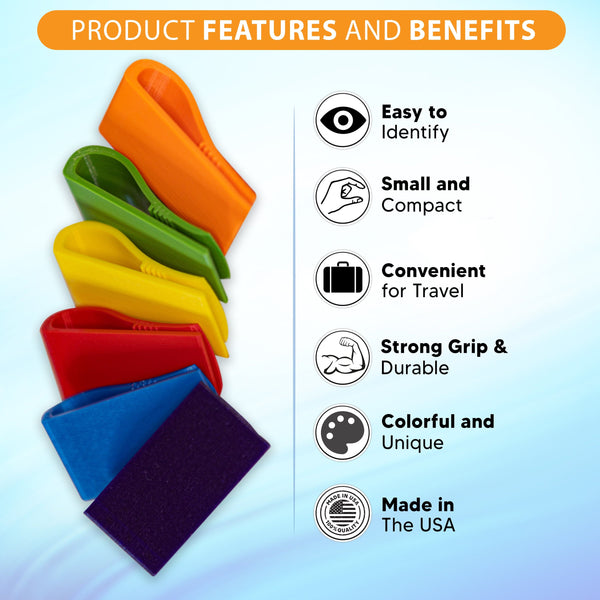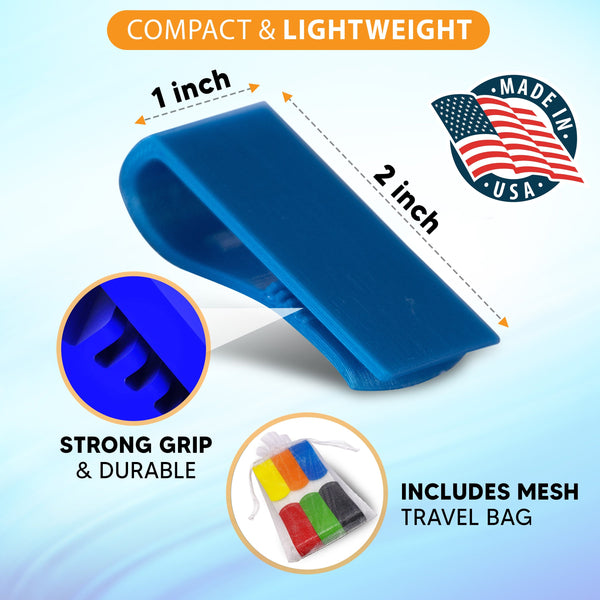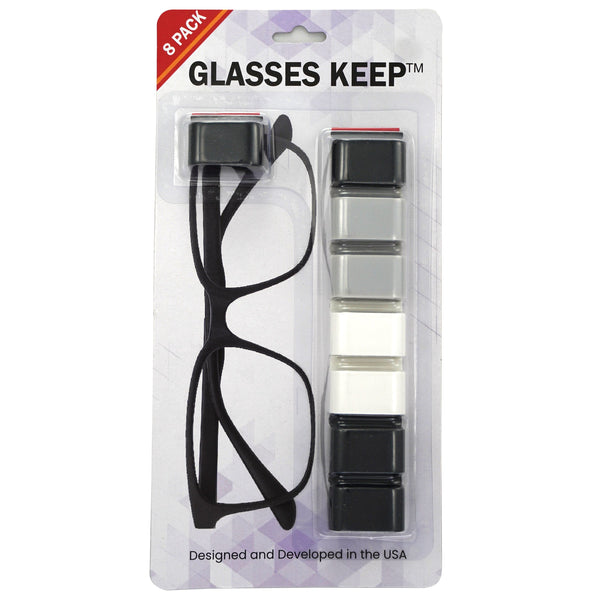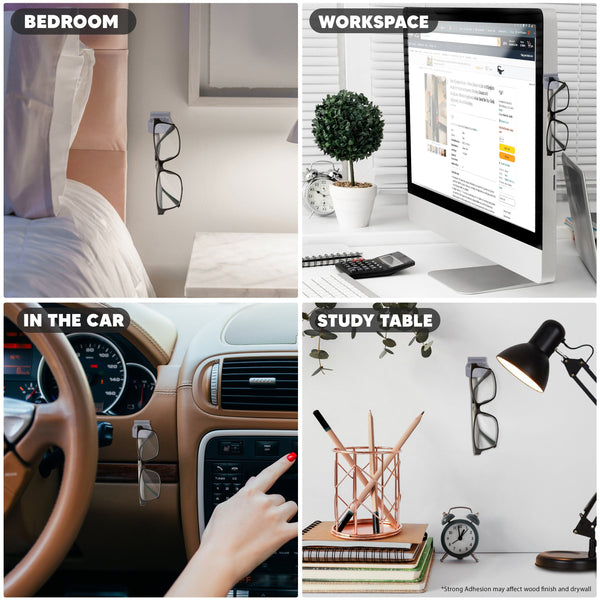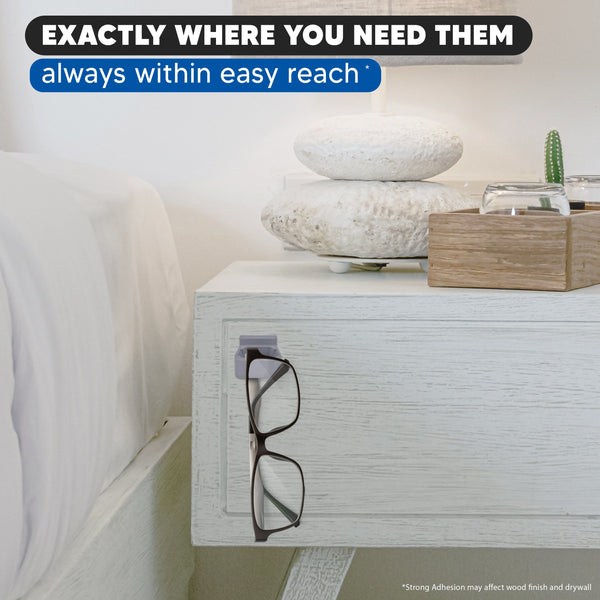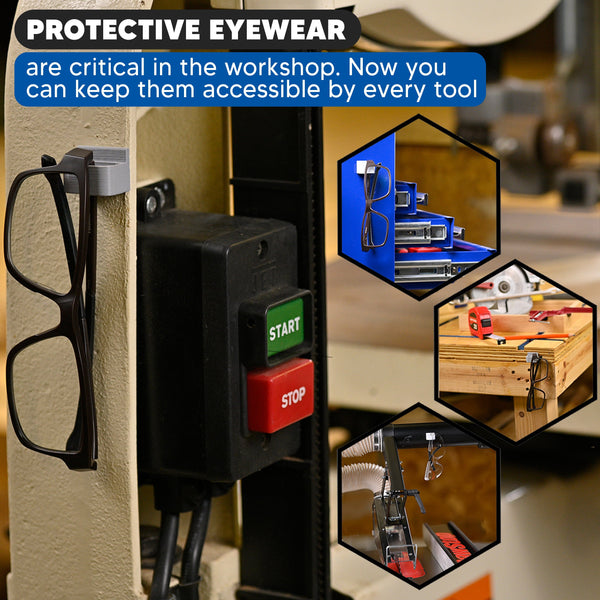When we think about driving, many of us imagine the freedom it brings. The ability to hop into a car and head wherever we want, whenever we want, is something most people take for granted. However, for individuals with limited mobility, driving can be a significant challenge. Thankfully, the automotive industry is continuously evolving, offering a range of limited mobility solutions designed to enhance independence, safety, and comfort on the road.
Understanding Limited Mobility
Limited mobility encompasses a broad spectrum of conditions that restrict a person's physical movements. This can include individuals who use wheelchairs, those recovering from injuries, and older adults experiencing age-related mobility issues. For many of these individuals, getting into and out of a vehicle or operating it safely can present obstacles that feel insurmountable. The good news is that innovative automotive solutions are helping to break down these barriers, empowering individuals to reclaim their driving experiences.

Innovative Tools for Enhanced Driving
Today, various tools and devices are being developed to provide practical solutions for those with limited mobility. Here are some of the most impactful innovations that are paving the way for a more accessible driving experience:
Wheelchair Accessible Vehicles (WAVs)
Wheelchair Accessible Vehicles are essential for individuals who rely on wheelchairs for mobility. These vehicles come equipped with features like ramps and lifts for easy entry and exit. Some WAVs are even modified with additional seating and hand controls, allowing individuals to drive while seated in their wheelchair or transfer into a specialized seat. The variety of configurations available means that anyone, regardless of their mobility challenges, can find a solution that works for them.
Hand Controls
Many individuals who experience lower body limitations benefit greatly from hand controls. These devices allow the driver to operate the vehicle using their hands instead of their feet, making braking, accelerating, and steering more manageable. Hand controls can be customized to meet individual needs, ensuring that they provide the right level of support. When installed correctly, they can effectively transform a standard vehicle into an accessible mode of transportation.
Adaptive Steering Devices
Adaptive steering devices are designed for those with limited upper body mobility. These innovative systems make it possible to steer a vehicle without the need for traditional motion that often requires wrist and elbow movement. Some adaptive steering systems utilize joysticks, allowing drivers to maneuver their vehicles simply and intuitively. This technology empowers drivers to maintain control and confidence when on the road.
Seatbelt Catcher
One often-overlooked yet essential tool for drivers with limited mobility is the seatbelt catcher. This simple yet effective device assists users in securely fastening their seatbelts with minimal effort. The catcher can be easily kept in your side or door pocket, then retrieved allowing individuals to reach their seatbelt without straining or twisting their bodies. For those who may have trouble reaching or manipulating seatbelts, the seatbelt catcher makes a significant difference, enhancing both safety and convenience.
Swivel Seats
Swivel seats have emerged as an innovative solution for individuals who find it difficult to enter and exit a vehicle. These specially designed seats rotate outward, making it easier for passengers to transfer in and out of the car. Instead of having to twist their bodies, individuals can simply swing their legs into the vehicle while remaining seated. Swivel seats reduce the strain placed on muscles and joints, promoting a healthier and safer experience.
Accessible Control Panels
Modern vehicles often come equipped with sophisticated infotainment systems and dashboards, but for some drivers, these can present challenges. To address this, manufacturers are beginning to produce accessible control panels featuring larger buttons and enhanced voice command options. With intuitive designs, these systems allow individuals with limited dexterity to navigate controls seamlessly, ensuring that driving remains an enjoyable experience.
Tech Innovations in Limited Mobility Solutions
Technology is playing a pivotal role in providing comprehensive solutions for individuals with limited mobility. From smartphone applications to vehicle integration systems, innovation is making driving more accessible. Here are a few key tech advancements that deserve attention:
Smart Vehicle Integration
In the age of technology, vehicle connectivity has become increasingly prevalent. Many modern vehicles can connect to smartphones and other devices, enabling drivers to access navigation, make hands-free calls, and even send texts without taking their hands off the wheel. These features are especially beneficial for drivers with limited mobility, as they allow them to focus on driving while seamlessly utilizing technology.
Parking Assistance Technologies
Finding a parking spot is challenging for any driver, but for those with limited mobility, it can be even more daunting. Thanks to parking assist features in many newer vehicles, this task has become much more manageable. These technologies can help drivers identify available spaces, guide them into parking spots, and even assist with parallel parking. Such features minimize the risk of accidents and ensure that drivers can confidently navigate their environments.

Vehicle Monitoring Systems
Safety is paramount when it comes to driving, and vehicle monitoring systems offer an added layer of protection. These systems can track essential vehicle metrics, such as tire pressure, fluid levels, and battery health. By providing alerts for maintenance needs, monitoring systems help ensure that vehicles remain in optimal condition, reducing the likelihood of breakdowns on the road and offering peace of mind to drivers.
Choosing the Right Limited Mobility Solution
With an array of options available to enhance driving experiences for those with limited mobility, selecting the right solution can feel overwhelming. Here are several essential steps to consider when making your decision:
Assess Your Needs
The first step in finding the right solution is to assess your personal requirements. Consider the specific challenges you face when driving. Do you have difficulty with transfers? Are you unable to operate foot pedals? Reflecting on your mobility needs will help you focus on the solutions that are most relevant to you.
Explore Options
After identifying your needs, take the time to explore the various limited mobility solutions available. Look online for products, read reviews, attend expos, and consult with specialists who focus on automotive accessibility. Engaging with a community of users can also provide insights and personal experiences that will help inform your decision.

Test Before You Invest
Testing any equipment or modifications before purchasing is crucial. Many suppliers offer demonstrations, allowing individuals to experience how adaptive tools operate firsthand. Being able to interact with and evaluate products before committing to a purchase can lead to more informed choices and a more satisfactory experience.
Consider Professional Installation
Many limited mobility solutions require professional installation to ensure their efficacy and safety. Consulting certified professionals who specialize in adaptive equipment is highly recommended. This ensures that devices are correctly integrated and function as intended, ultimately enhancing your overall driving experience.
Emphasizing Safety and Comfort
As you explore limited mobility solutions, prioritizing safety and comfort is essential. Regularly maintaining your vehicle and its modifications is crucial for ensuring a reliable driving experience. Using driving aid devices, including the often-underrated seatbelt catcher, should be part of your tool kit for making driving more enjoyable. By keeping all modifications in proper working order, you can enjoy the freedom and independence that driving offers.
Community Support and Resources
Beyond individual solutions, community support plays an important role in empowering drivers with limited mobility. There are numerous organizations, forums, and support networks dedicated to advocating for accessible transportation. Engaging with these communities can provide additional insights, resources, and emotional support as you navigate the world of driving with limited mobility.
Resources such as local disability advocacy groups, online forums, and social media platforms can connect you with individuals who share similar experiences. This sense of community can make a significant difference, offering not only information but also friendship and understanding.
In Conclusion
Driving is more than just a means of transportation; it represents freedom, independence, and the ability to experience life on your terms. For individuals with limited mobility, the path to regaining this sense of freedom may include unique challenges. However, thanks to continuous advancements in automotive technology and modifications, a range of limited mobility solutions are available to cater to diverse needs.
From wheelchair accessible vehicles and advanced controls to innovative devices like the seatbelt catcher, these tools empower individuals to take charge of their mobility and embrace life with confidence. As the automotive industry continues to innovate, the future looks bright for those pursuing independence on the road. With the right adaptations, anyone can rediscover the joy of driving!
